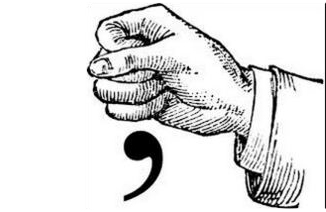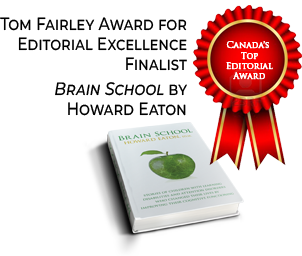
Dialogue in fiction: Part IV – The nuts and bolts, cont’d.
This is the fourth article in my series on how to write effective dialogue in fiction. In the first, I wrote about accents and dialects. The second covered the essentials: realism through artifice, the four purposes of dialogue, and creating distinction between characters. In the third, I discussed the balance of dialogue to narrative, dialogue in your opening pages, dialogue tags, action tags, Tom Swifty adverbs, and gave you some extra dialogue tips. Today, after looking the broader issue of conciseness, I’ll focus on more mechanics of dialogue—contractions and punctuation—and then I’ll discuss information dumping.



